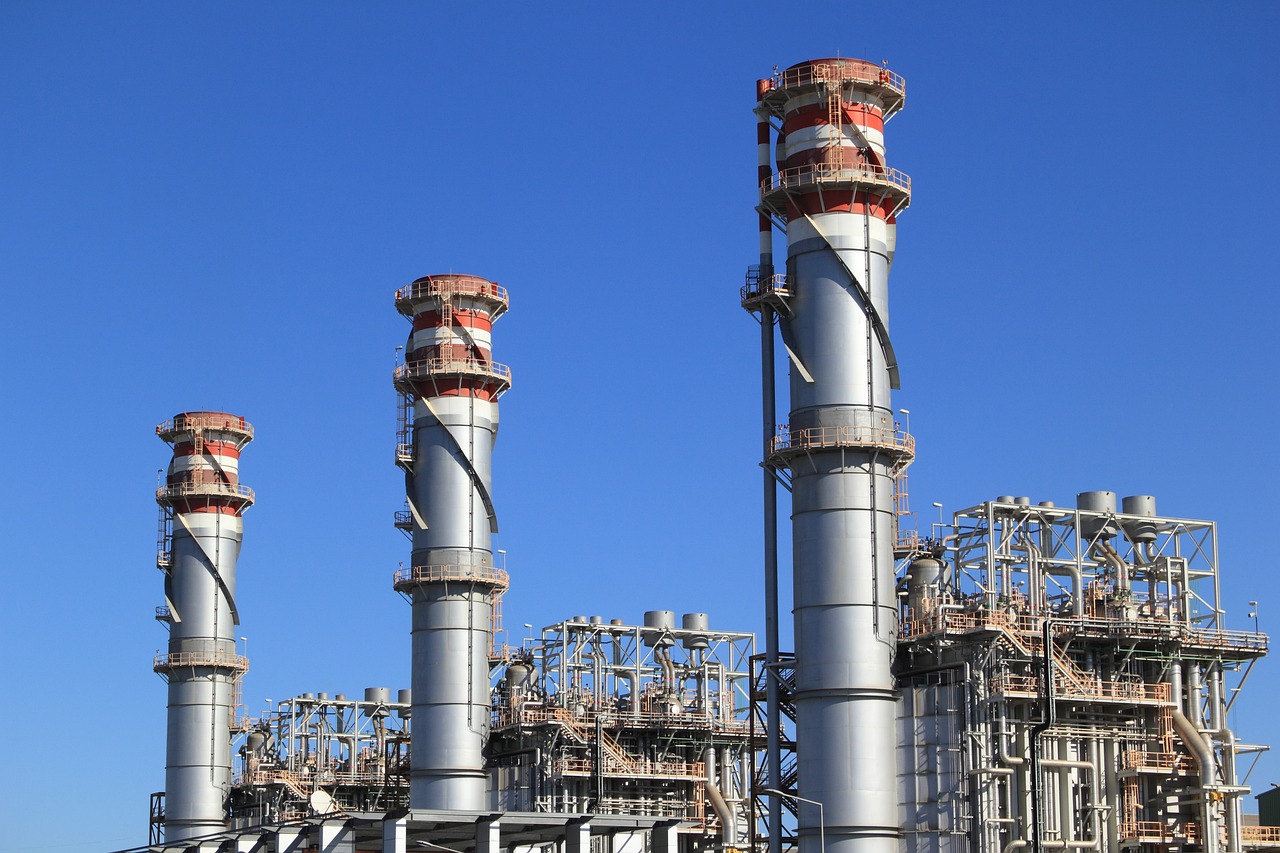Climate change is no longer a distant threat; it’s an urgent global crisis that requires our immediate attention and action. In recent years, we’ve witnessed its profound effects, from increasingly severe weather events to rising global temperatures. To combat climate change effectively, it’s crucial to understand its causes, the far-reaching effects it has on our planet, and the solutions that can mitigate its impact.
The Science of Climate Change
At the core of climate change is the greenhouse effect, a natural phenomenon. Certain gases, including carbon dioxide (CO2), methane (CH4), and water vapor (H2O), trap heat from the sun in the Earth’s atmosphere, preventing it from escaping into space. This process warms the planet and makes it habitable. However, human activities, primarily the burning of fossil fuels (coal, oil, and natural gas) and deforestation, have significantly increased the concentrations of these greenhouse gases, enhancing the natural greenhouse effect. This intensified greenhouse effect is causing the Earth’s average temperature to rise, leading to climate change.
Causes of Climate Change
Burning Fossil Fuels: The combustion of fossil fuels for energy production, transportation, and industrial processes releases vast amounts of CO2 into the atmosphere.
Deforestation: The removal of trees and forests reduces the Earth’s capacity to absorb CO2 from the atmosphere through photosynthesis.
Agriculture: Livestock farming and certain agricultural practices release methane, a potent greenhouse gas.
Industrial Processes: Certain industrial activities emit greenhouse gases and other pollutants.
The Effects of Climate Change
The consequences of climate change are widespread and escalating:
Rising Temperatures: Global temperatures are increasing, leading to heatwaves and prolonged periods of extreme heat.
Melting Ice and Rising Sea Levels: Melting glaciers and polar ice caps contribute to rising sea levels, posing a threat to coastal communities.
Extreme Weather Events: More frequent and severe storms, hurricanes, droughts, and wildfires are linked to climate change.
Impact on Ecosystems: Climate change disrupts ecosystems, affecting plant and animal species, and threatening biodiversity.
Health Risks: Climate change can exacerbate health problems, including heat-related illnesses, the spread of infectious diseases, and food and water scarcity.
Solutions to Combat Climate Change
Addressing climate change requires a multifaceted approach:
Transition to Renewable Energy: Shift from fossil fuels to clean, renewable energy sources like solar, wind, and hydropower.
Energy Efficiency: Improve energy efficiency in transportation, buildings, and industries.
Afforestation and Reforestation: Plant trees and restore forests to absorb CO2 from the atmosphere.
Sustainable Agriculture: Promote sustainable farming practices that reduce methane emissions and increase carbon sequestration in soil.
International Cooperation: Support international agreements like the Paris Agreement, which aims to limit global warming to well below 2 degrees Celsius above pre-industrial levels.
Individual Actions: Reduce personal carbon footprints by conserving energy, reducing waste, and supporting eco-friendly products.
Conclusion
Climate change is a complex and urgent global challenge that affects us all. Understanding its causes, recognizing its far-reaching effects, and actively engaging in solutions is our collective responsibility. By taking meaningful action at individual, community, and governmental levels, we can work together to mitigate the impacts of climate change and protect the future of our planet for generations to come. The time to act is now.













